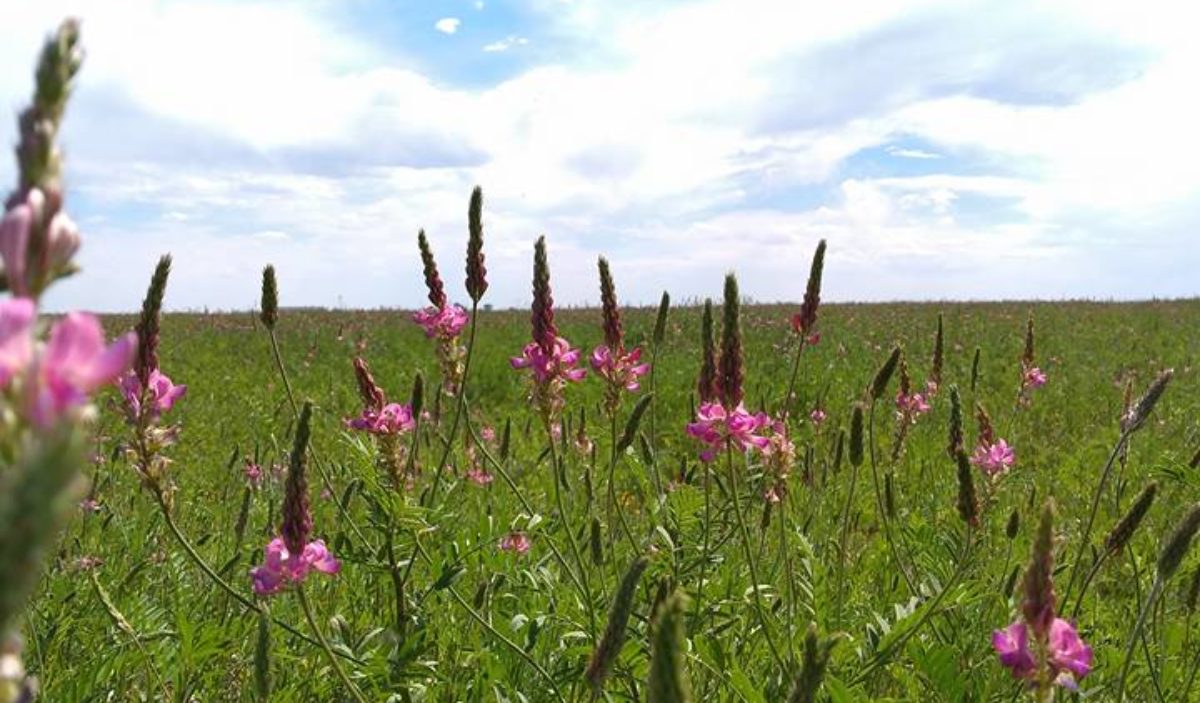It’s hot. It’s even been in the 90’s a few times. This is not Wyoming weather. This is…..this is weather unfit for human kind. It’s also dry. Spring is when we get our rain. August, September and October are our dry months. We can go without a lick of rain that entire time. Now though, now is not good. This heat, this drought, this is not good on my young trees.
I’m discouraged. I can’t water. I don’t have the water rights to water. I’m taking water out to the most desperate trees but otherwise, I’m just praying. Praying for rain that is missing us every single time.
The kraters and swales do their job admirably. I think if the trees were established better the whole system would be stable against drought conditions. The trees aren’t established though. The most established tree is on it’s 3rd year. All the others are going on their second summer or even their first in a few cases. Their roots aren’t established enough to survive this.
They are drooping. They are yellowing. Their leaves are falling off. I’m near despair. Please, rain, please.
I think I need to mulch. I haven’t for various reasons. Ok, I actually have. The very first year I mulched the trees and it was utterly pointless. It all blew away. I haven’t bothered since. I think I need to try again though. Straw being my best bet. Perhaps fresher straw and not the half decomposed straw I used the first time.
Still, perhaps this is a lost cause. That’s the thought at the very back of my mind. That I’ve done something foolish thinking it was something brave. That I’ve spent years and thousands of dollars proving all of the nay sayers right. If a single dry spring can kill all of my work than this system doesn’t work.
It’s not all dead though. It’s simply dying. Come rain. Come and restore my plants and my spirit. We are all waiting for you.





























